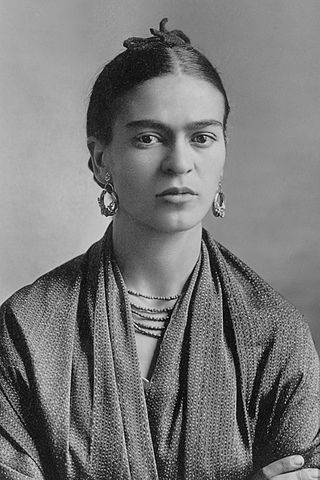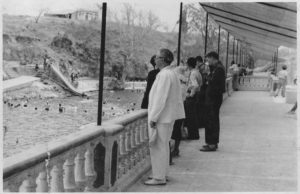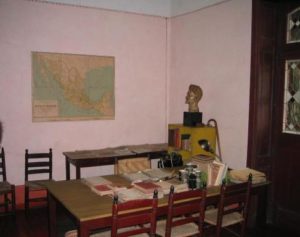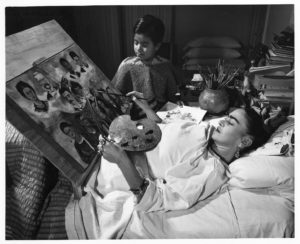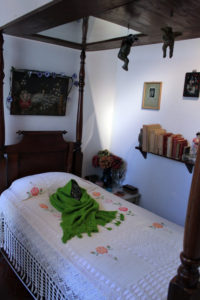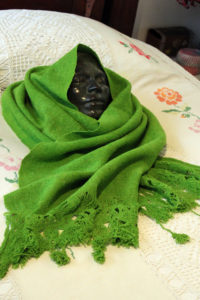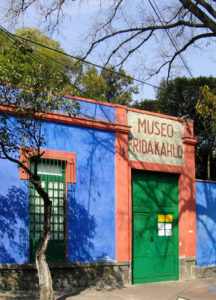Frida Kahlo, Mexican icon
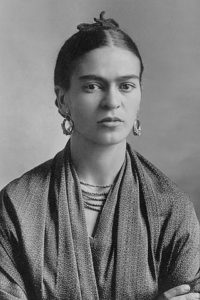
Magdalena Carmen Frieda Kahlo Calderon was born on July 6, 1907 in Coyoacan, Mexico. Today, Coyoacan, officially a borough of the Federal District, is part of the urban sprawl of Mexico City. But when Frida was born it consisted of open space, farm and ranch land. Although her birth probably occurred at her grandmother’s house, Frida would spend her childhood and much of her life living in the Casa Azul, the blue house built by her father in 1904. Carl Wilhelm Kahlo was born in Germany and emigrated to Mexico in 1891, when he was nineteen, his Hungarian father, a wealthy jeweler, paying for his passage.
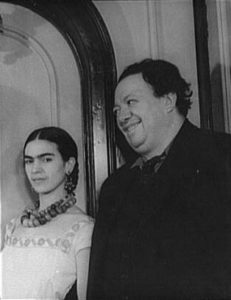
Known during her lifetime as merely the wife of Diego Rivera, Frida Kahlo subsequently ascended to artistic prominence and popular culture fame in her own right, becoming a worldwide social and political icon. Her sickly childhood, painful existence, tortured relationship with Rivera and brief life provided a tragic backdrop to her artistic accomplishment, now recognized as unique and transcendental. She remains so revered in Mexico that her works have been designated as national heritage objects, prohibited from foreign export. Internationally, she is now perceived as one of the most important and original artists of the twentieth century.
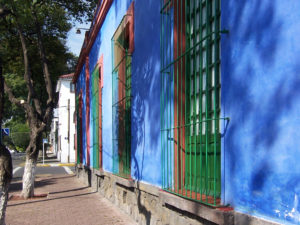
La Cas Azul, Frida Kahlo’s ancestral home.
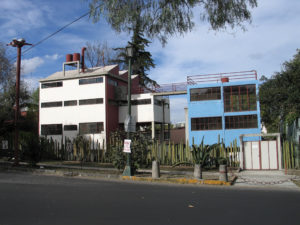
In early September, Frida got a telegram from her family back in Mexico City informing her that her mother was seriously ill, her breast cancer now entering a terminal stage. Accompanied by her American friend Lucienne Bloch, she was forced to take trains and even a bus over the flooded Rio Grande back to the Mexican capital, an arduous journey that took five days. One week after her arrival, her mother died, leaving her father in a state of grief and confusion. She would remain in Mexico for a month to grieve with her family and also check on the house that was being built for her and Diego. Her prospective home would have a bridge that connected two separate wings of the structure, one for her and one for him.
Podcast: Play in new window | Download
Subscribe: RSS

